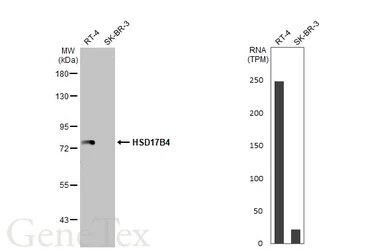HSD17B4 antibody
Cat. No. GTX114978
Cat. No. GTX114978
-
HostRabbit
-
ClonalityPolyclonal
-
IsotypeIgG
-
ApplicationsWB ICC/IF IHC-P
-
ReactivityHuman, Mouse






